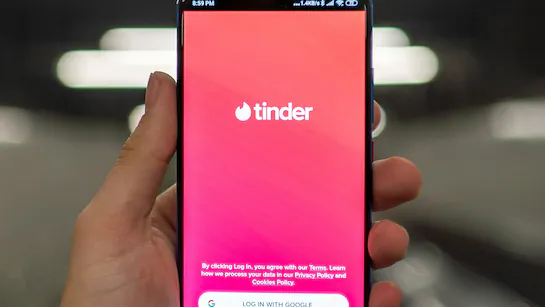Tinder is testing a new feature that lets premium users express their height preferences when browsing potential matches. This move taps into the ongoing discussions about how dating apps cater to physical preferences, offering a fresh option for those who prioritize certain attributes.
The feature was first noticed when a Reddit user shared a screenshot showing the new height setting within the Tinder app. Following this, a spokesperson from the company confirmed that the setting is being tested on a global scale.
However, this height preference option isn’t available to everyone. Only Tinder Gold and Premium subscribers in select test groups currently have access to it. Importantly, the preference isn’t a strict filter — it doesn’t block profiles that don’t match the selected height. Instead, it subtly influences recommendations by giving more weight to preferred heights.
Phil Price Fry, Tinder’s VP of Communications, explained in a statement that the feature is part of the company’s ongoing effort to create more meaningful connections. “We’re constantly listening to our users and looking for ways to improve the experience. Testing a height preference option aligns with our focus on delivering smarter, more relevant experiences,” Fry said. “Not every test becomes a permanent feature, but each one helps us learn how to build a better app.”
Although dating apps have traditionally allowed users to filter matches by factors like age or lifestyle preferences, introducing height into the mix might spark debate. Physical appearance, particularly height, has long been a key consideration in online dating, with apps like Tinder emphasizing profile photos and quick swipes. Many users prioritize traits like height, often stating explicit requirements — for instance, profiles commonly include statements like “must be over 6 feet.”
Tinder has previously poked fun at this trend, including an April Fools’ joke about launching a “height verification” feature. Some users didn’t find the joke amusing, highlighting how height preferences can touch on sensitive topics.
The test launch coincides with Tinder’s parent company, Match Group, reporting a dip in paying users. According to recent earnings reports, paying subscribers across Match’s portfolio dropped from 14.9 million to 14.2 million over the past year. With this backdrop, Tinder’s exploration of features like height preference may be aimed at attracting new subscribers, particularly women, to boost engagement and revenue.

